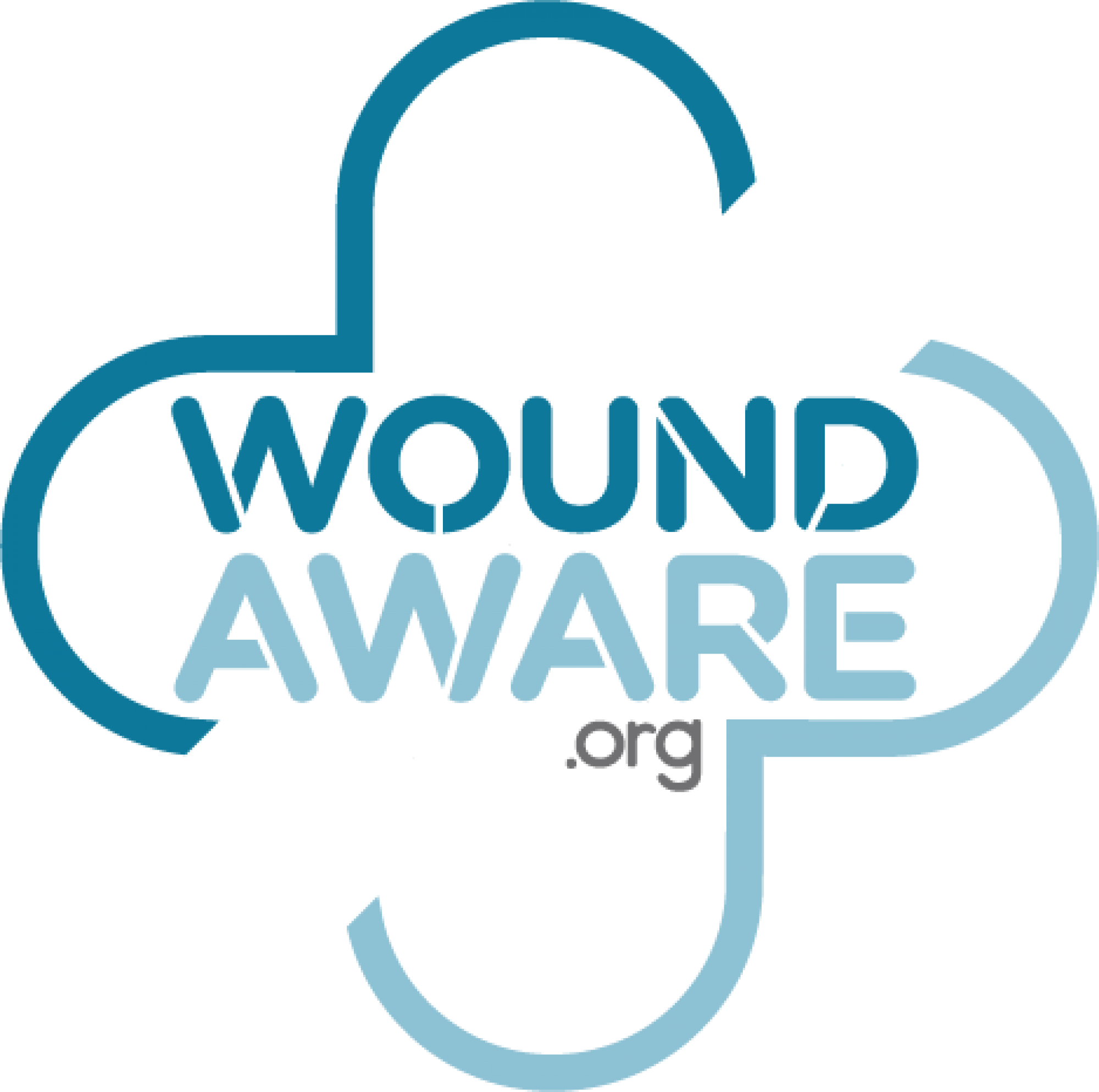|
Get ready to PREPARE, PROTECT and HEAL this Wound Awareness Week!
Thursday, 1 August 2024
|
|
With more than 450,000 Australians living with a chronic wound each year – at huge physical, emotional and financial cost to them and their carers – it's time to act on our wound epidemic. The good news is, many chronic wounds can be healed with appropriate and timely treatment, and there are lots of great places you can go for help. This Wound Awareness Week, get ready to PREPARE, PROTECT and HEAL! PrepareGoals:
Wounds are a part of life and everyone gets them from time to time; a cut from a knife while making dinner, broken and dry skin in winter or a graze from a fall are all common wounds that generally heal without too many problems. But acute (short-lasting) wounds can become chronic (long-lasting). Your wound is considered chronic if it takes longer than 30 days to heal. Do you know the wound warning signs? Is your wound: Painful and hot Smelling bad Oozing a thick, yellowish fluid Taking longer than 30 days to heal? These are the wound warning signs and, if you see them, it's time to seek professional help. Are you at a higher risk of developing a chronic wound? While anyone can get a wound, how the body copes with that wound varies from person to person, and certain factors can affect healing. Your risk of a wound becoming chronic increases if you are: Older Living with another chronic condition like diabetes, heart disease or obesity Immobile. Read more about common risk factors in our factsheet. Takeaway: Some people are more at risk of developing a chronic wound than others. If you are one of them, pay close attention to any wound you receive to ensure it heals properly. And if you spot the wound warning signs, it's time to seek professional help. ProtectGoal: learn ways to help heal chronic wounds and prevent them from coming back. We know that your risk of a wound becoming chronic is higher if you are older, not very active or have health conditions that impact your body's healing abilities. But there are certain things everybody can do to help minimise their risk.
Takeaway: Everyone is different but there are some things we can all do to prevent acute wounds from becoming chronic, such as diet and exercise and following a good skincare regime. HealGoal: learn when and where to ask for help. Some chronic wounds can be painful, smelly and embarrassing, leaving people feeling isolated and depressed. They can also have a significant financial impact, affecting a person's ability to work and costing hundreds of dollars a week in care products. Luckily, many chronic wounds can be healed with the right treatment and there are plenty of sources of expert professional help in the community. Your GP, pharmacist, community nursing service and local wound clinic are great places to start. Find out more in our factsheet. Above all, don't be afraid to ask! Medical professionals have seen it all before. Takeaway: Everyone with a chronic wound deserves the best possible care to help them heal. Experts in their community will give them evidence-based advice. Wound Awareness Week 2024This Wound Awareness Week, get ready to PREPARE, PROTECT and HEAL! Help us spread the word. These are the easy ways to get involved.
|
